Stretches That Help A Pulled Groin
A pulled groin typically occurs when the muscles of the inner thigh become torn or overstretched. This usually happens when the muscles contract too fast while an individual changes direction, jumps, or runs. The injury is commonly found among athletes, but it can also happen to anybody. In most cases, a pulled groin happens to individuals who participate in dance, hockey, soccer, football, and other sports with a high range of movement. Any sudden movements around the groin might cause pulling or straining, particularly if the muscles haven't been warmed up beforehand. Many painful symptoms are associated with a pulled groin. Fortunately, though, there are also quite a few stretches that can help alleviate symptoms.
Hip Flexor Stretch
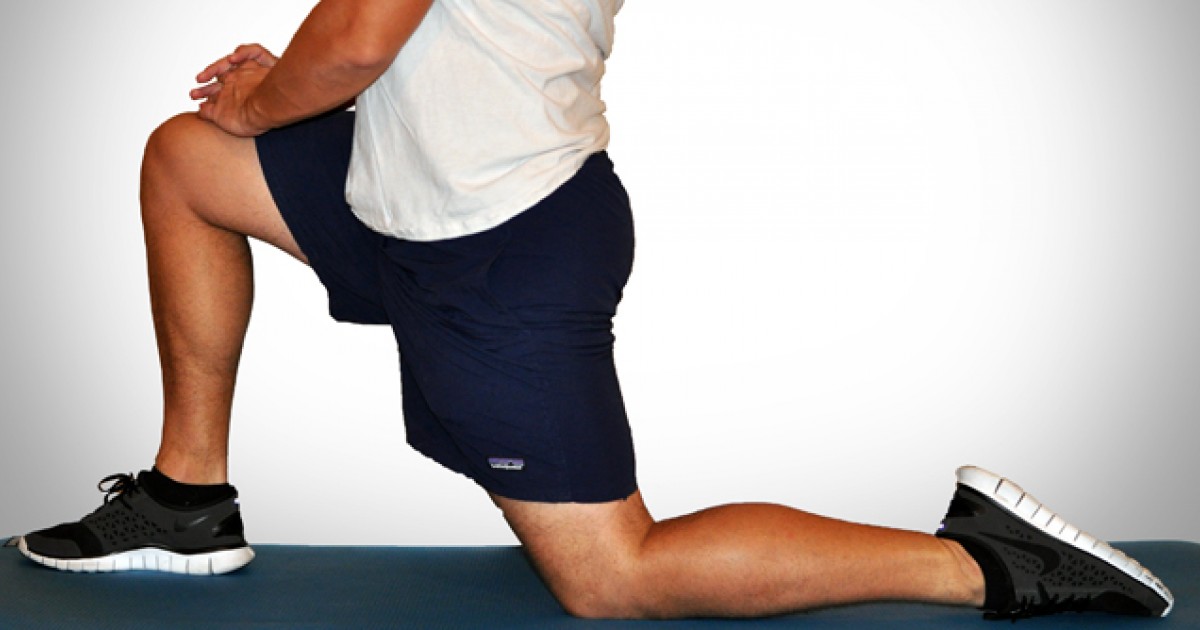
The hip flexor stretch can help increase your range of movement. You should begin by standing in a forward lunging position. Slowly lower your back knee toward the floor, making sure your shoulders stay aligned above the hips. Continuing to keep your shoulders aligned, lean forward until you stretch your front hip muscles. Hold the position for a few seconds and then go back into your starting position, stand up, and repeat with the opposite leg. This will help to increase your hip range of motion. Make sure you don't do anything that feels too painful or uncomfortable, as this can slow your recovery.
Swinging Leg Stretch
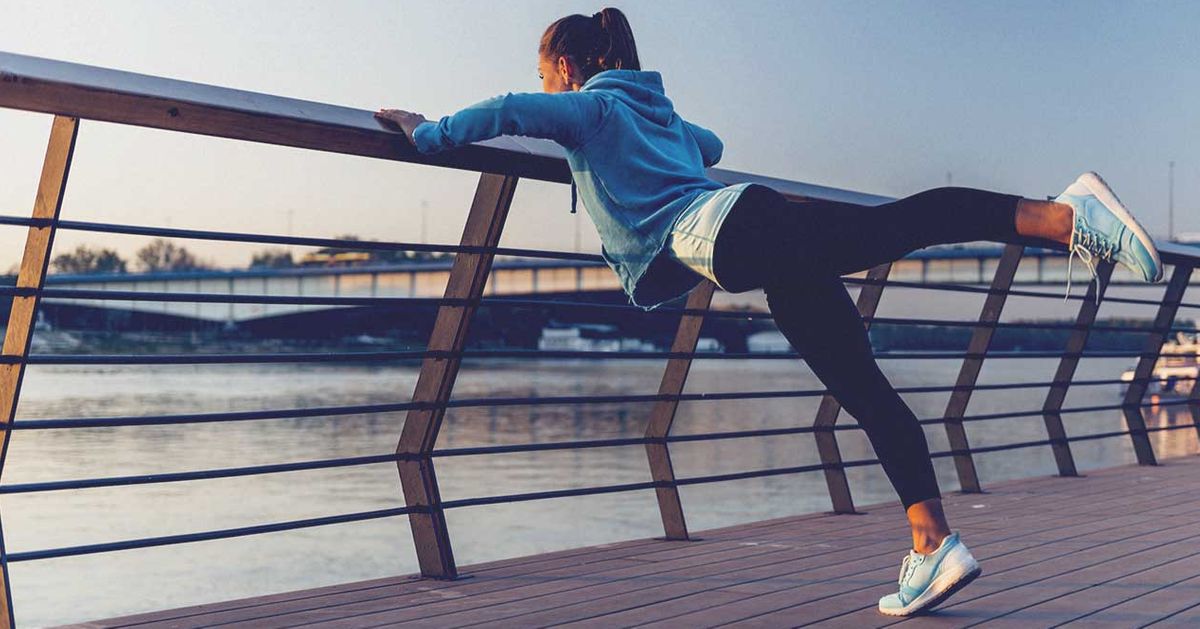
The swinging leg stretch can also help increase your range of motion and speed recovery. You'll start by balancing on one of your legs. Then, swing your opposite leg to the front and the back. Make sure you don't force it to go higher than you want and be gentle with your healing muscles. You should feel relaxed when you perform the motion, rather than feeling like you're straining the hip and groin muscles. Once you've swung one leg, switch to the other one. It's best to do ten repetitions on each leg. If you feel up for it, you can do a few sets of ten reps each.
Isolated And Seated Groin Stretch

The isolated and seated groin stretch will help stretch and relax groin muscles. There are two types of seated stretches: the short stretch and the long stretch. For the short stretch, bend your knees and bring your soles together. Keep your back straight. Press your elbows against your knees, gently pushing them in the direction of the floor until you feel your inner thigh lightly stretched. Hold the position for a few seconds.
For the long stretch, spread your legs to either side of the body until you create a 'V' shape. Keep your back straight. Very slowly move your hands forward while you lean toward the ground until you feel a stretch in your leg. Hold your position for a few seconds. Repeat the stretch twice, facing a different leg each time.
Foam Rolling On Upper Thigh
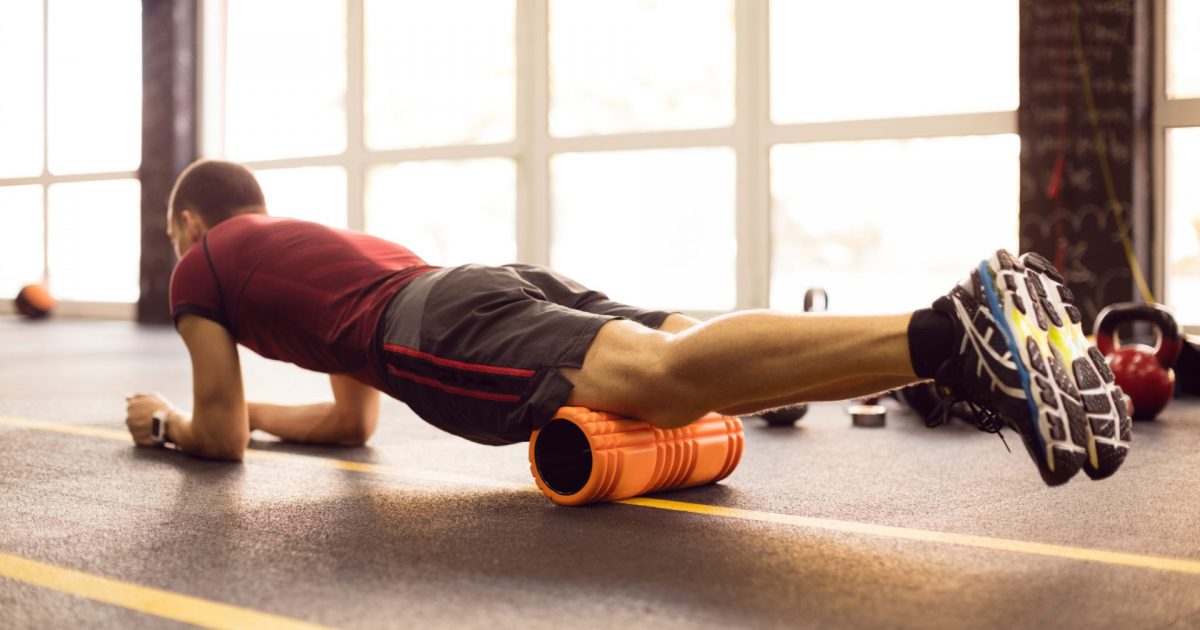
Another ideal stretch is foam rolling on your upper thigh. With static, traditional stretching, your goal is to relax your muscles. However, when you use a foam roller, you help relax the connecting tissue wrapping around your muscles. To use the foam roller on your inner thigh, lie on your stomach with the foam roller beside you. Bend one of your legs until it's at a ninety-degree angle, placing your inner thigh onto the roller. While keeping your forearms resting on the floor, roll sideways and move the roller closer to your hips. When you get to a tender spot, pause. You can also help your outer thighs by lying sideways on the roller with the roller just below your hip. Lift your bottom leg from the floor and cross it over the leg with the roller. Roll until the roller meets your knee. If you need more pressure, you can stack your legs.
Side Lunge Stretch
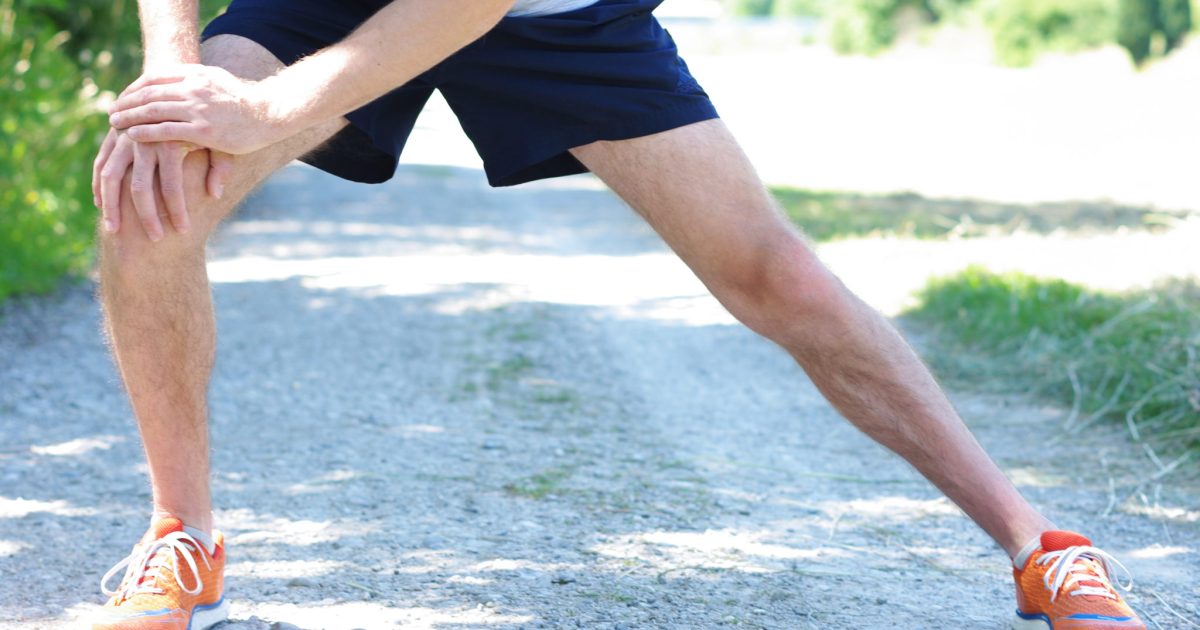
The side lunge stretch is a stretch that helps target your hip adductors. Make sure you're gentle and don't strain your muscles, since this might inhibit your recovery. Stand up with your feet positioned far apart and point your toes outward at a forty-five-degree angle. Lunge to one side. Your straight leg's foot should be pointing upward, but your heel should stay on the floor. Go as low as you can without experiencing too much strain or pain. Hold this stretch for a few seconds, and then slowly return to the starting position.
Repeat it with the opposite leg. You should do about ten reps on each leg. If you want to increase the exercise, do a few sets with ten repetitions per leg. In addition, make sure your back stays straight throughout the stretch. As you stretch your inner thigh muscles, you'll also stretch the gracilis on your straight leg.
Squatting Power Stretch
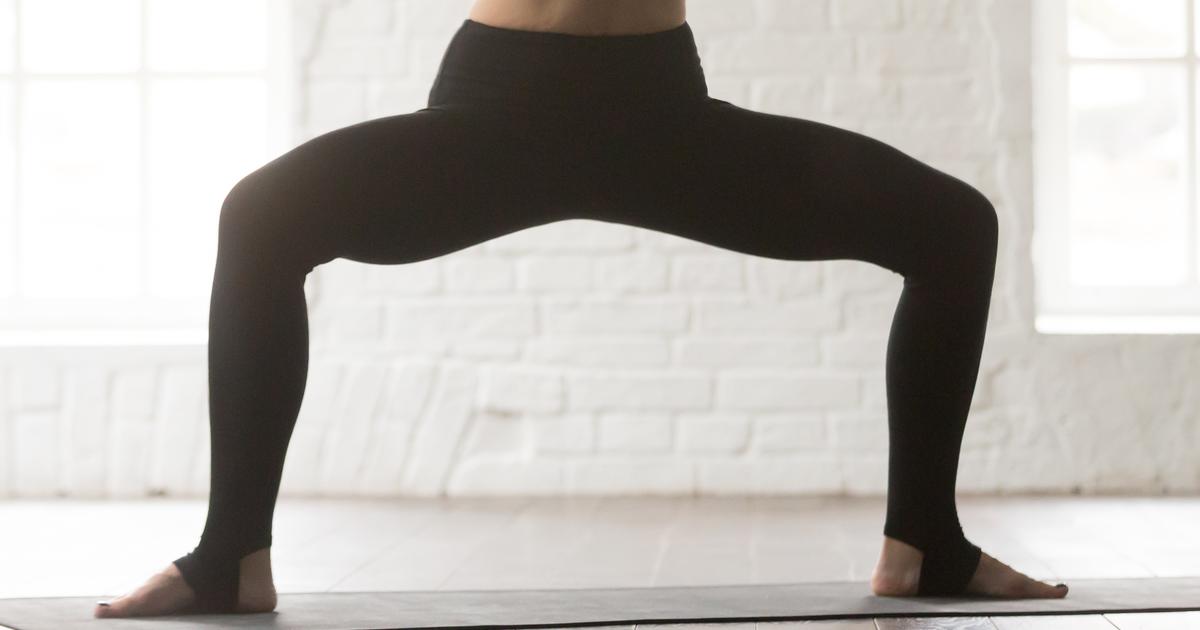
The squatting power stretch is a little more intense than others, so it is often a better choice for a little into the pulled groin recovery process. Start by standing with your feet wide apart. Then, carefully and slowly squat until your knees are positioned directly over your ankles. This should be at about ninety degrees. Once in this stretch position, place your hands on the top of your inner thighs before pushing them outwards, slowly, to open your hips. Hold this stretch for approximately twenty to thirty seconds before relaxing. Repeat three times per session. If performed correctly, individuals should feel a stretch in their groin muscles in both legs. If it feels too painful after the first stretch, consider adjusting how much you are stretching or pick a less intense stretch.
Adductor Stretch With Bent Knees
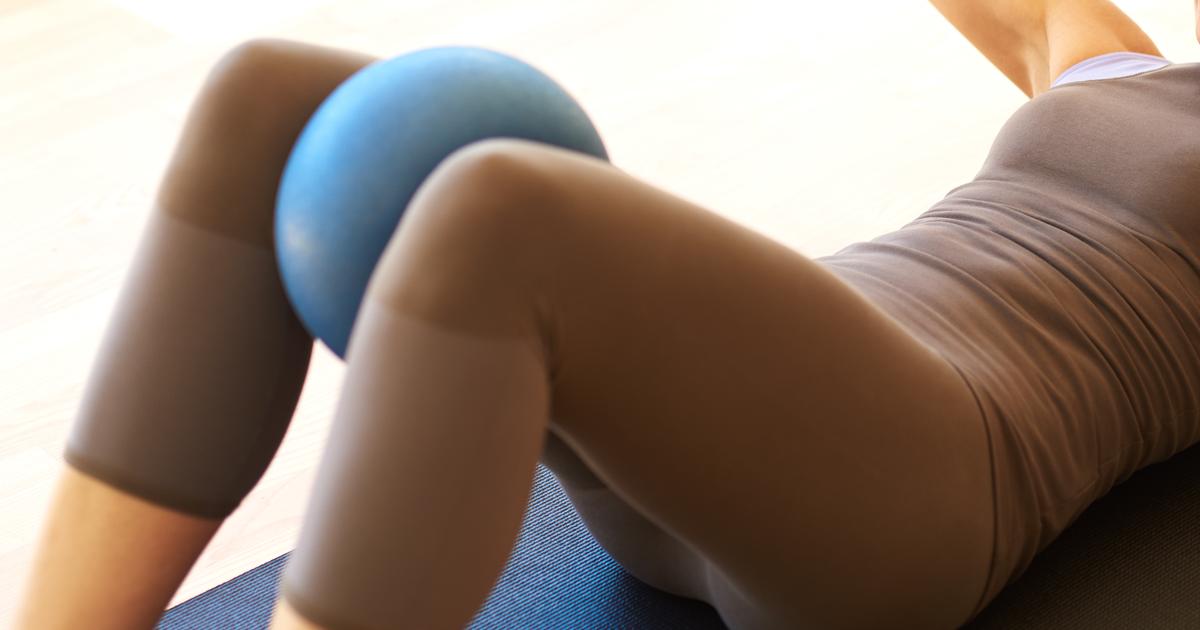
Stretching the adductors will also help speed the recovery of a pulled groin. This stretch is easy to perform, particularly because the individual performing it can do so lying down! Once lying down, bend your knees and keep your feet flat on the floor. Place a small medicine ball between your knees and squeeze your knees together in intervals of five seconds. Increase the number of repetitions you perform as well as the duration of this stretch as your recovery progresses. The medicine ball is a crucial component of this stretch, as placing it between the knees creates more resistance and, as a result, provides more stretch.
Adductor Exercise With Straight Legs
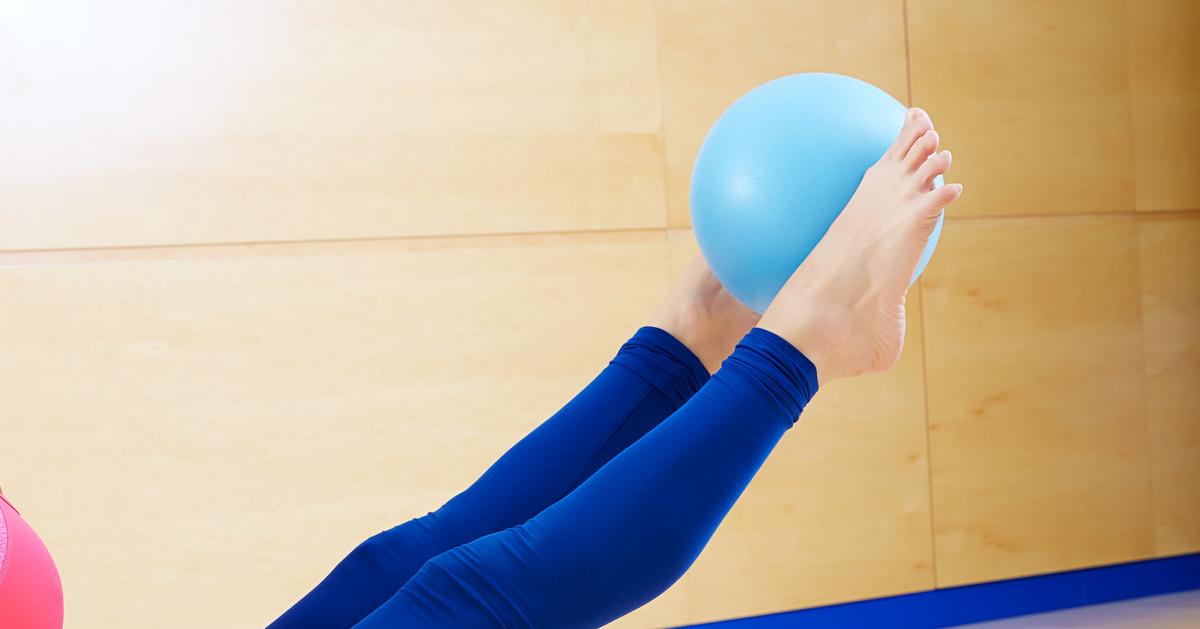
Like the previous adductor stretch, start lying down with your back to the floor. However, keep your legs fully straightened out rather than bent. Place a small medicine ball between the ankles before squeezing the ankles together like in the previous stretch. Once again, start in intervals of about five seconds with ten repetitions each and slowly increase both as your strength improves. A static strengthening exercise like this one is a great stretch to begin the pulled groin recovery process with, since it helps ease patients into recovery and does not immediately dive into things way too quickly and pull any muscles.
Deep Glute Stretch
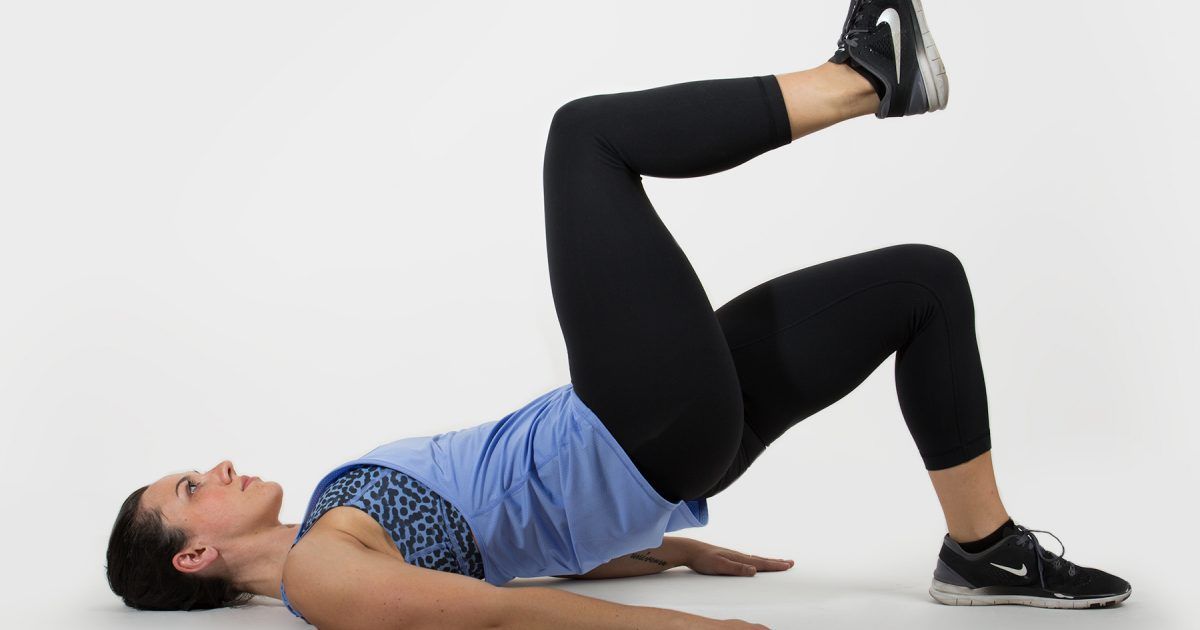
Another great stretch to try for healing a pulled groin is the deep glute stretch. Similar to the previous two stretches, start by lying down on your back. Bring your legs up to a ninety-degree angle and cross your left leg over your right. Grab onto your right thigh. Pull in gently until you feel a stretch in your butt. Hold this position for at least twenty seconds before switching legs (cross your right leg over your left) and repeating the exercise. Flip back again and continue repeating the motion once more on each side. When your strength improves, you can increase the duration of the exercise and the number of repetitions.
Gate Stretches
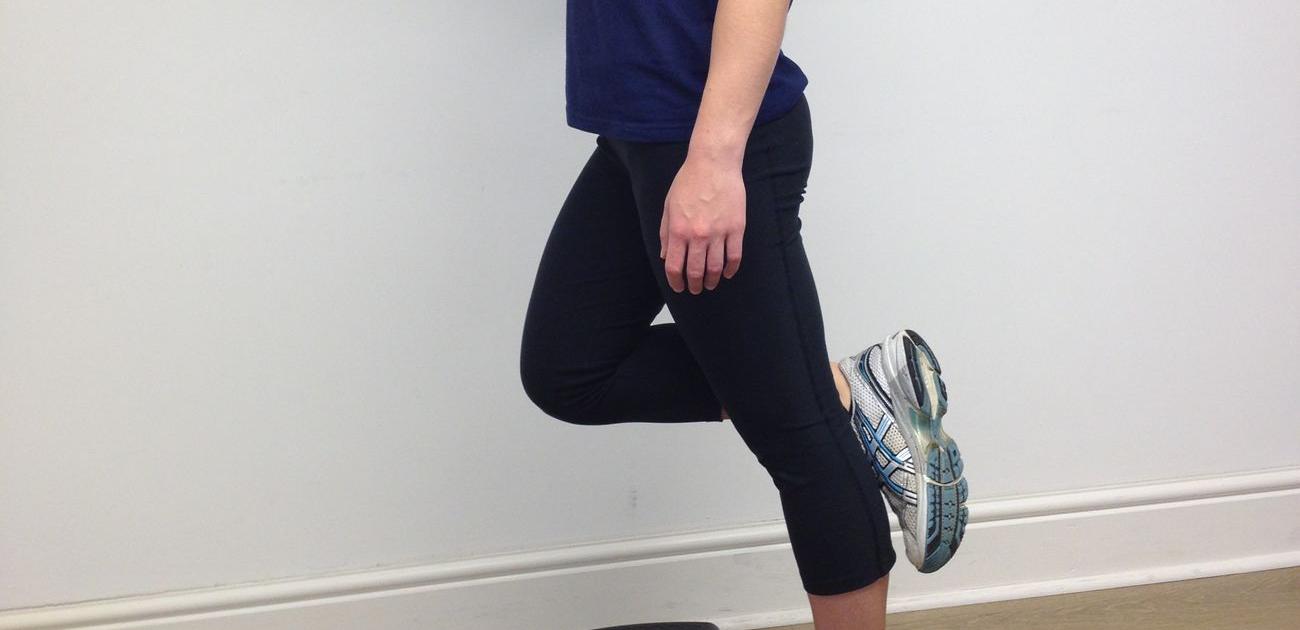
Gate stretches can help a pulled groin. They can also help individuals avoid pulling their groin during a workout. Start by standing on your left leg and lifting your right leg into the air. Raise the right knee up to the level of your hips. Then open your leg and swing it away from your body. This causes a stretch in the groin. Once the 'gate' is open, swing your knee back in front of your body and then lower it to the ground. This is 'closing the gate.' Then repeat with your other leg. Fitness experts recommend doing about ten reps with each leg, though you should stop if you start to feel pain in your pulled groin.
Crossover Grapevine Stretch
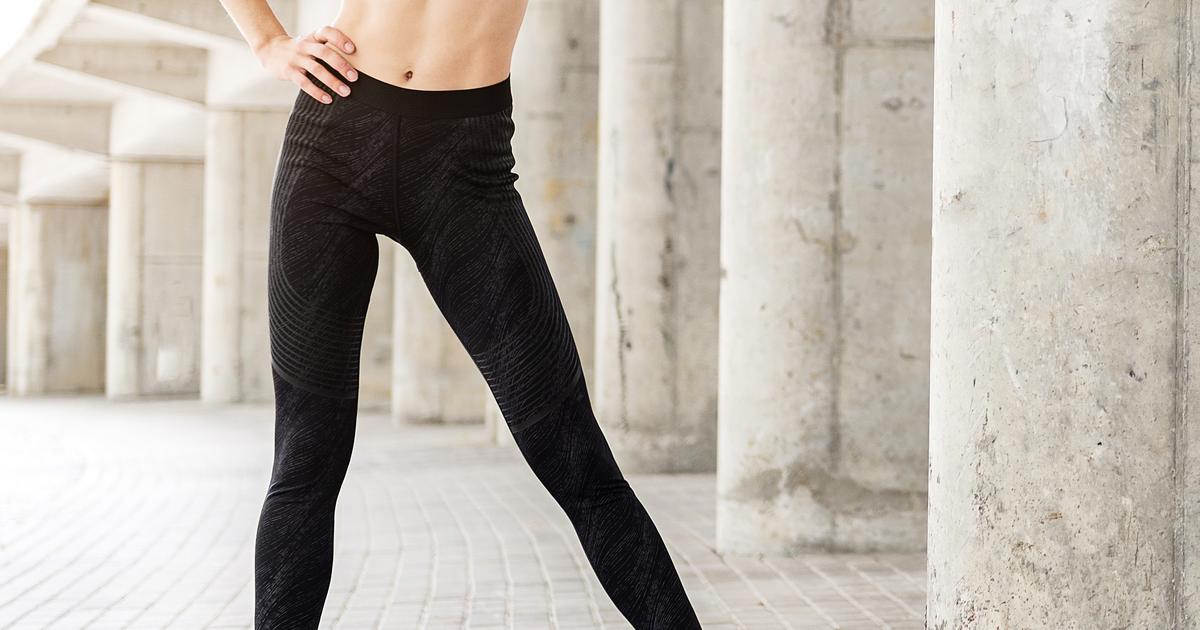
A crossover grapevine stretch is a good way to warm up. The stretch works multiple parts of the body including the core, glutes, calves, hamstrings, and quads. If you extend the stretch, you can use it as an aerobic exercise. Start by standing with your legs apart. Step from side-to-side and cross one leg over the other. Step out by stretching your right foot to the right side of your body. Cross your left foot over the right leg in front of your body. Then cross the right leg behind the left one, so your legs are uncrossed and the right leg is leading again. Bring the left leg together with the right one so you're standing normally. Then repeat the steps in reverse, bringing yourself back to your starting position. You can switch up which leg crosses in front.
Add Resistance Bands to Stretches
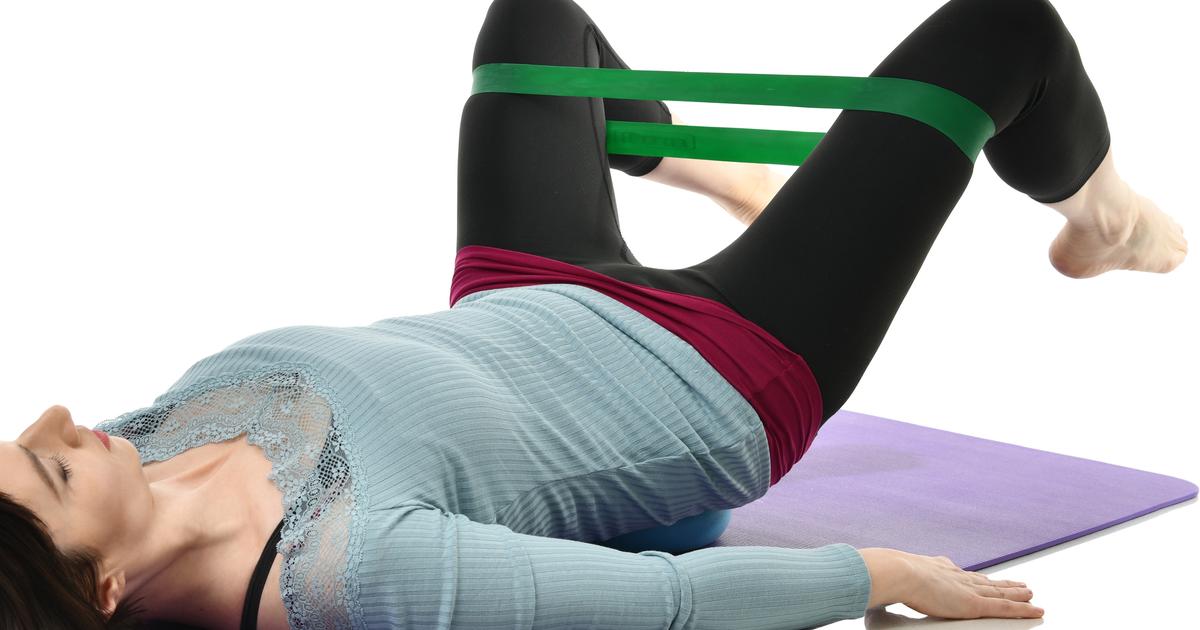
As you become more familiar with stretching motions and increase your flexibility, you might find your tolerance for stretches is increased. You no longer feel the same stretch you originally did. When this is the case, you can help deepen the stretches by adding a resistance band. Resistance bands can be used on different parts of the body for different exercises. You may need to change the location of the band to get the best stretch. With a resistance band, you wrap the band around your feet, calves, knees, or other parts of the body so you can pull it toward yourself. If you don't have a band, you can use a towel, but towels won't give you the same deep stretch as a specific resistance band. Adding a resistance band to groin stretches is a good next step in the recovery process.
Remember To Rest
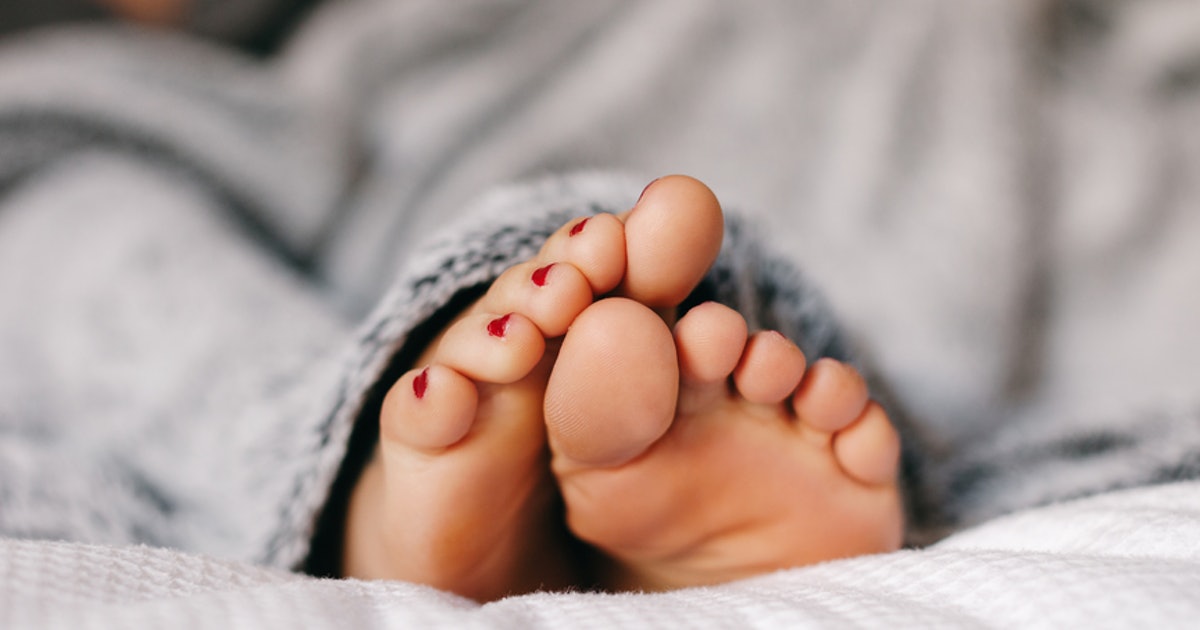
A pulled groin is a type of muscle injury. As such, the best way for it to heal is through extensive rest. You need to check in with yourself when you're doing stretches and exercises. A stretch should make your muscle feel like it's tugging beyond its usual range of motion, but it shouldn't hurt. If any of the stretches are causing you pain, stop doing them and rest your muscles. In addition, you should only start stretching after the worst of the pain from a pulled groin has already abated. Overworking your muscles can cause you to injure your groin further, leading to more pain and a longer recovery time.